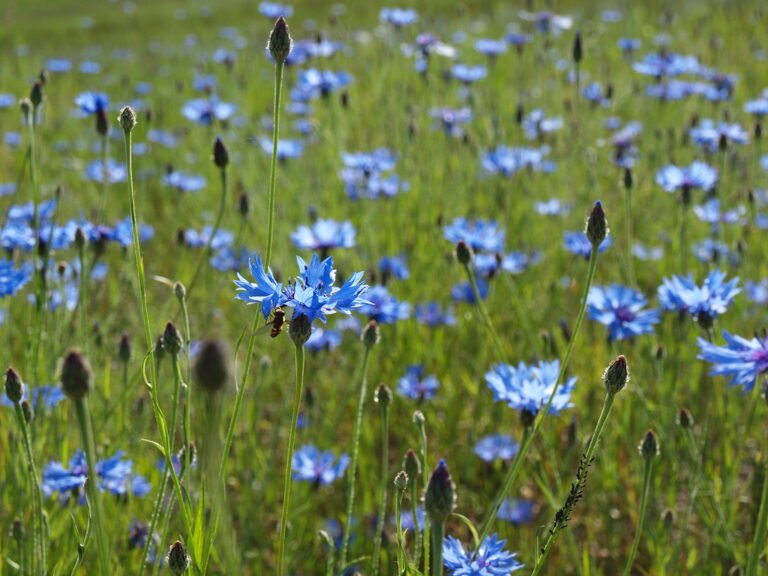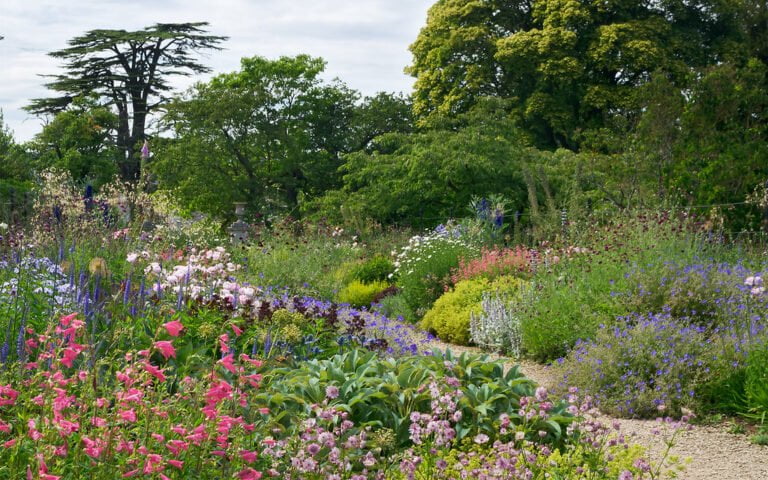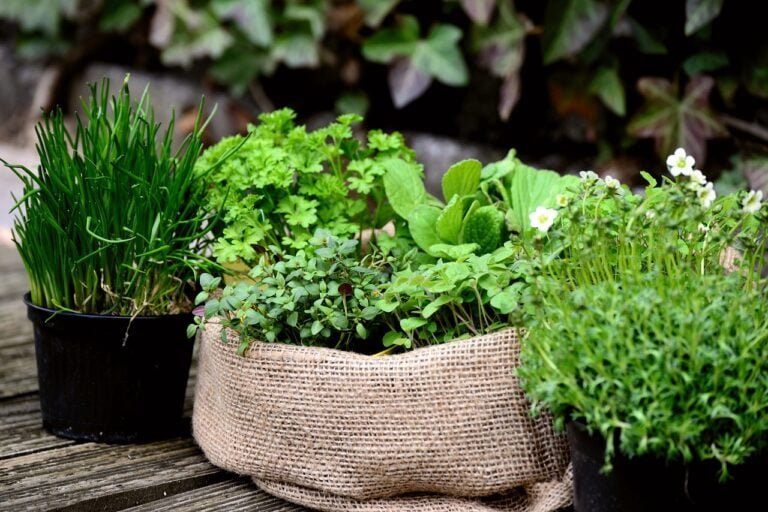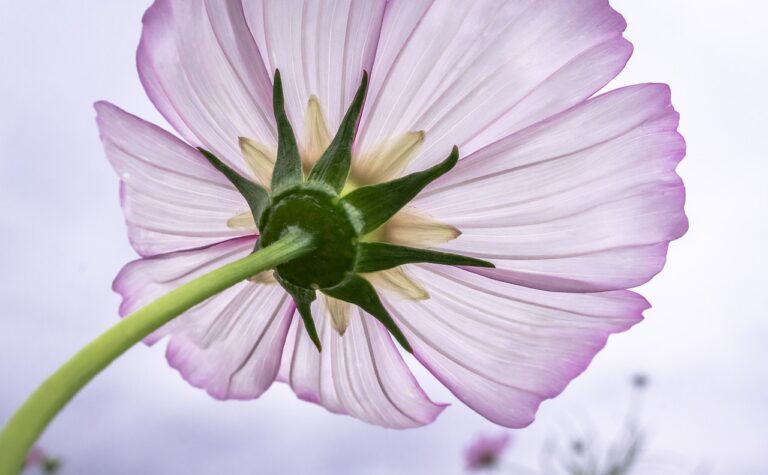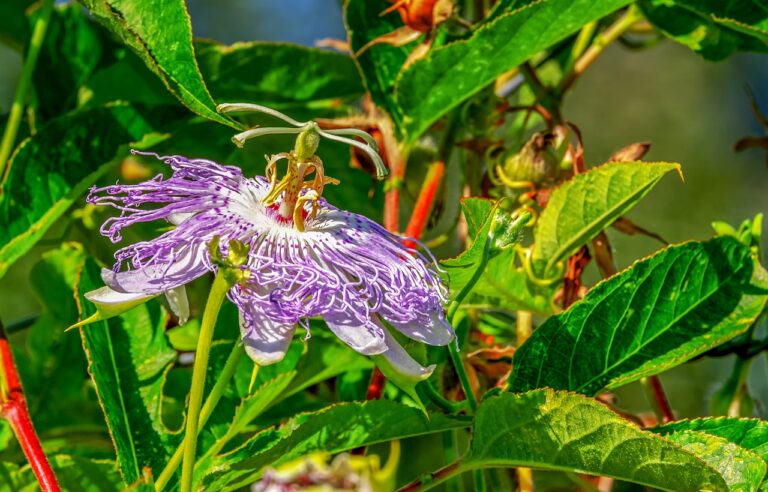A Comprehensive Guide to Deadheading Geraniums
Are you looking to keep your geraniums healthy and vibrant? Deadheading geraniums is the key! In this comprehensive guide, we'll walk you through the benefits, tools needed, and step-by-step techniques for deadheading geraniums. Discover how this simple practice promotes new growth and ensures your geraniums stay in top shape. With our expert tips and troubleshooting advice, you'll be able to maintain healthy and thriving geraniums all season long. Get ready to show off your beautiful blooms!
Benefits of Deadheading Geraniums
To maximize the health and beauty of your geraniums, regularly deadhead the flowers. Deadheading is the process of removing the spent blooms from the plant. By doing so, you are encouraging the plant to produce new flowers, which will result in a longer blooming period. Deadheading also prevents the plant from wasting energy on producing seeds, allowing it to redirect its resources towards growing more foliage and blooms. Additionally, removing the faded flowers improves the overall appearance of the plant, making it look neat and tidy. To deadhead your geraniums, simply pinch or cut off the wilted blooms just above the nearest healthy leaf or bud. Be sure to use clean, sharp pruning shears to avoid damaging the plant. Regular deadheading will help keep your geraniums looking their best throughout the growing season.
Tools Needed for Deadheading Geraniums
To deadhead your geraniums effectively, you will need a few essential tools. First, you'll need a sharp pair of pruning shears. These will allow you to make clean cuts without damaging the plant. Look for a pair with a bypass blade, as they provide a cleaner cut compared to an anvil blade. Additionally, a pair of gloves is necessary to protect your hands from thorns and prickly stems. Opt for gloves made of durable material that allows for flexibility and grip. A small bucket or container is also handy for collecting the dead flowers as you go along. This will keep your workspace tidy and make cleanup easier. Lastly, a spray bottle filled with water can be used to mist the plant after deadheading, promoting new growth. With these tools in hand, you'll be well-equipped to effectively deadhead your geraniums and keep them thriving.
When to Deadhead Geraniums
Deadhead your geraniums at the appropriate time to ensure continued growth and blooming. Timing is crucial when it comes to deadheading geraniums. The best time to deadhead is when the flowers have started to fade or wilt. Waiting too long can result in the plant diverting energy towards seed production instead of new blooms. To deadhead, simply pinch or cut off the faded flowers just above a leaf node or bud. This encourages the plant to produce more flowers and prevents the plant from becoming leggy. Regular deadheading throughout the growing season will keep your geraniums looking neat and tidy while promoting continuous blooming. By deadheading at the right time, you'll ensure vibrant and abundant blooms all season long.
Step-by-Step Guide to Deadheading Geraniums
Now that you understand when to deadhead geraniums, let's dive into a step-by-step guide on how to do it effectively. Deadheading geraniums not only helps them look more attractive but also promotes new growth and blooming. Here's how you can do it:
- Start by inspecting your geranium plant for wilted or faded flowers.
- Locate the stem just below the flower head.
- Use sharp pruning shears or scissors to make a clean cut at a 45-degree angle.
- Trim the stem down to where it meets another set of leaves or a lateral bud.
- Dispose of the dead flowers and any trimmings to prevent disease and pests.
- Repeat this process regularly throughout the growing season to encourage continuous blooming.
Different Deadheading Techniques for Geraniums
For optimal results, employ several techniques to deadhead your geraniums effectively. Deadheading is the process of removing spent flowers to promote new growth and prolong the blooming period of your plants. One method is the pinch and twist technique. Simply pinch the stem just above the first set of leaves and twist it gently until it breaks off. Another technique is the pruning method, which involves using sharp garden shears to cut back the entire stem to a healthy set of leaves or nodes. Additionally, you can use the snipping method, where you use pruning shears or scissors to snip off individual spent flowers. Remember to clean your tools between cuts to prevent the spread of diseases. By employing these different deadheading techniques, you can ensure that your geraniums remain healthy and vibrant throughout the growing season.
Common Mistakes to Avoid While Deadheading Geraniums
To ensure successful deadheading of geraniums, it is important to be aware of common mistakes that should be avoided. First, one common mistake is cutting too close to the stem. When deadheading geraniums, it is crucial to leave a small portion of the stem intact to promote healthy regrowth. Second, some people tend to remove only the fading blooms and leave the green foliage untouched. However, it is essential to remove the entire flower stalk, including the green part, to encourage new flower production. Third, another mistake is deadheading too late in the season. It is recommended to deadhead geraniums regularly throughout the growing season to maintain a continuous bloom. Lastly, avoid using dull or dirty pruning shears, as they can damage the plant and introduce diseases. By avoiding these common mistakes, you can ensure healthy and vibrant geraniums throughout the season.
How Deadheading Geraniums Promotes New Growth
Regularly deadheading geraniums promotes new growth by stimulating the production of fresh blooms. When you remove spent flowers, you redirect the plant's energy towards creating new buds. Deadheading also prevents the geranium from wasting resources on seed production. To effectively deadhead your geraniums, start by identifying the faded blooms. Look for flowers that have lost their vibrant color and are beginning to wilt. Using sharp pruners or scissors, cut the stem just above the first set of healthy leaves or nodes. Be careful not to damage the remaining foliage or emerging buds. Deadheading should be done consistently throughout the growing season to encourage continuous blooming and promote a healthier, fuller plant. Remember to dispose of the trimmed flowers properly and maintain good garden hygiene to prevent disease spread.
Tips for Maintaining Healthy Geraniums Through Deadheading
Wondering how you can maintain healthy geraniums through deadheading? Deadheading is a crucial practice that promotes continuous blooming and keeps your geraniums looking beautiful all season long. Here are some practical tips to help you maintain the health of your geraniums through deadheading.
First, it's important to deadhead your geraniums regularly. Remove spent flowers by cutting them off at the base, just above the leaves. This encourages the plant to produce new blooms and prevents the energy from being wasted on seed production.
Second, make sure to deadhead your geraniums in the morning or evening when the weather is cooler. This minimizes stress on the plants and reduces the risk of sunburn.
Finally, don't forget to fertilize your geraniums regularly. Use a balanced fertilizer to provide the necessary nutrients for healthy growth and abundant flowering.
Troubleshooting Common Issues With Deadheading Geraniums
If you encounter any issues while deadheading geraniums, try applying these troubleshooting tips. One common problem you may encounter is the presence of yellowing or browning leaves. This could be a sign of overwatering or underwatering. To address this issue, make sure you are watering your geraniums properly. Another issue you may face is the lack of blooming or sparse flowering. This could be due to insufficient sunlight or poor soil quality. Ensure that your geraniums are getting at least six to eight hours of direct sunlight each day and use a well-draining soil mix. Lastly, if you notice any pests or diseases on your geraniums, such as aphids or powdery mildew, treat them promptly using organic insecticides or fungicides. Regularly inspect your plants to catch any issues early and address them promptly.
Other Considerations for Deadheading Geraniums
To ensure the health and longevity of your geraniums, it is important to consider other factors when deadheading, such as the timing and technique for optimal results. When it comes to timing, deadheading should be done regularly throughout the growing season. Remove faded blooms promptly to encourage new growth and prevent the plant from wasting energy on seed production. As for technique, use sharp and clean pruners or scissors to make a clean cut just above a leaf node or side shoot. This will promote branching and stimulate the growth of new flowers. Remember to remove any yellowing or diseased leaves as well, as they can attract pests and diseases. By paying attention to these considerations, you can keep your geraniums looking vibrant and beautiful all season long.
Conclusion
In conclusion, deadheading geraniums is a simple yet effective technique that promotes new growth and helps maintain healthy plants. By removing spent blooms, you can encourage the production of more flowers and prevent the plant from wasting energy on seed production. With the right tools and timing, deadheading can be easily incorporated into your gardening routine. Remember to follow the step-by-step guide and utilize different techniques for optimal results. Keep your geraniums thriving by regularly deadheading and troubleshooting any issues that may arise.

